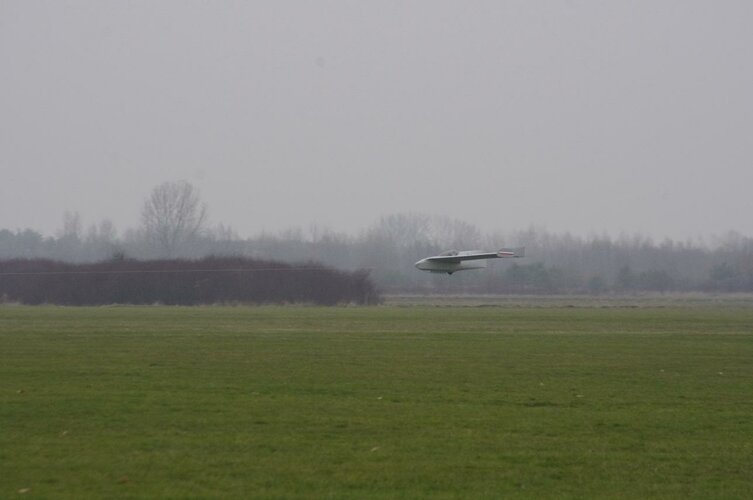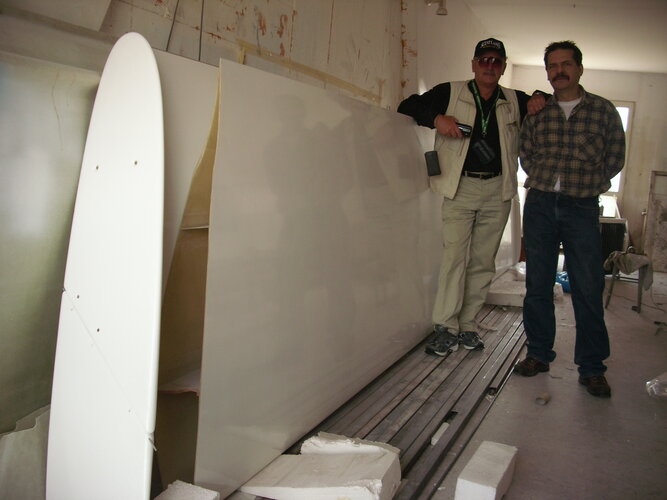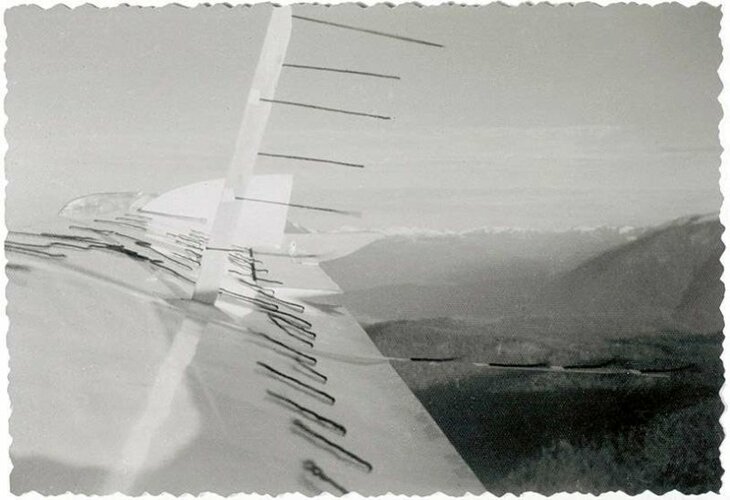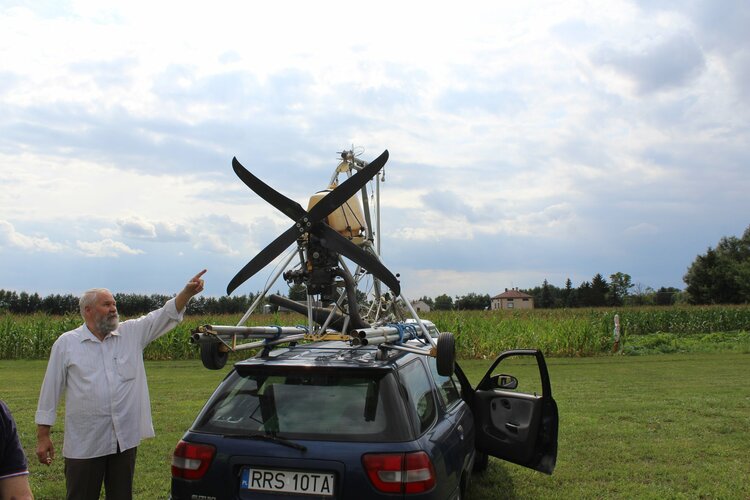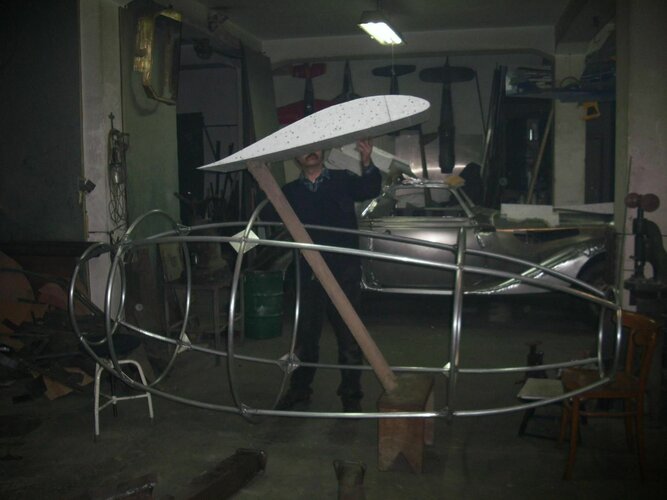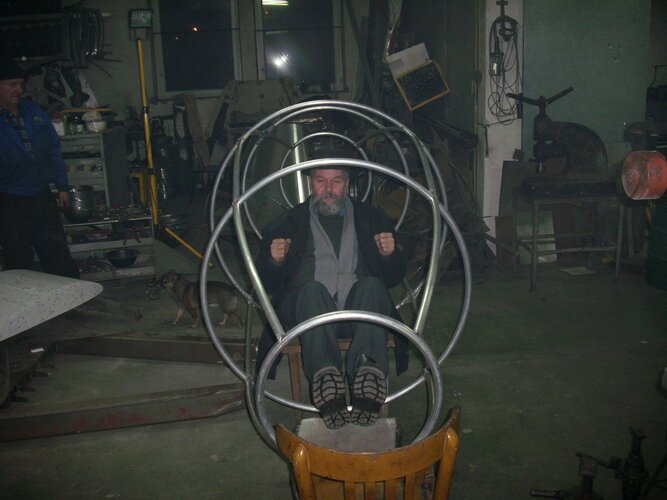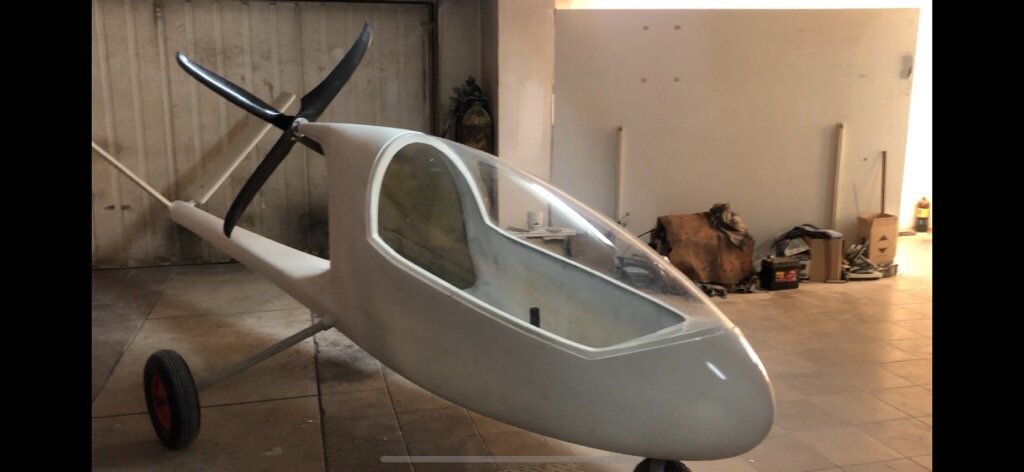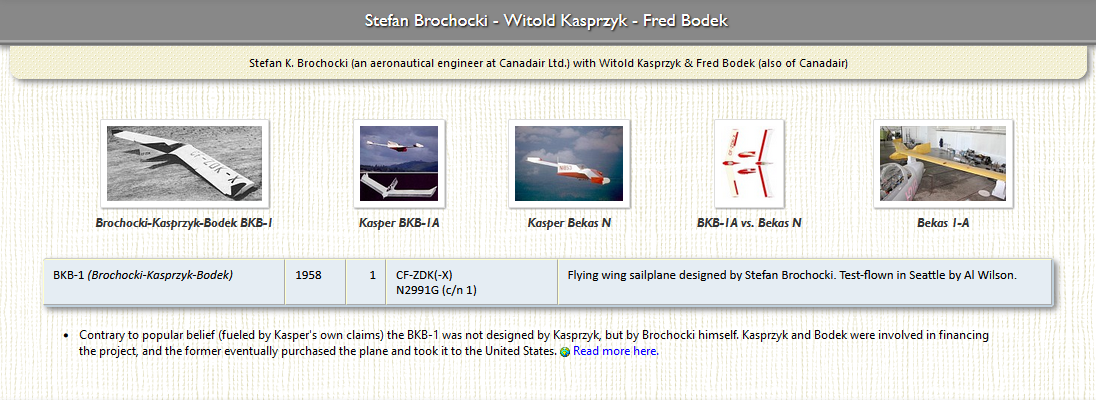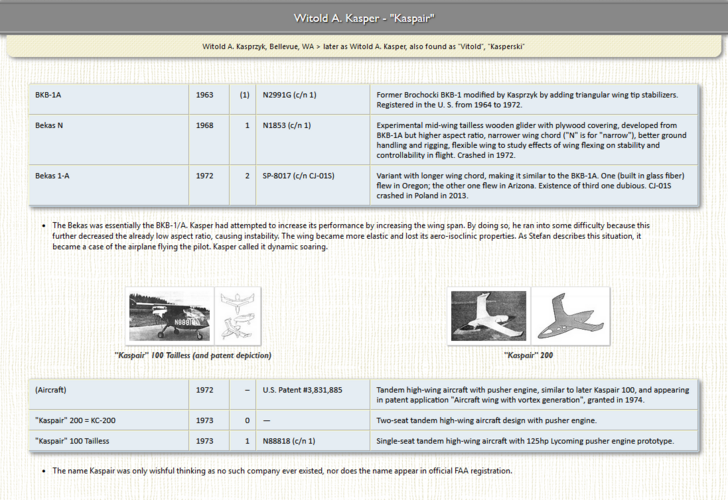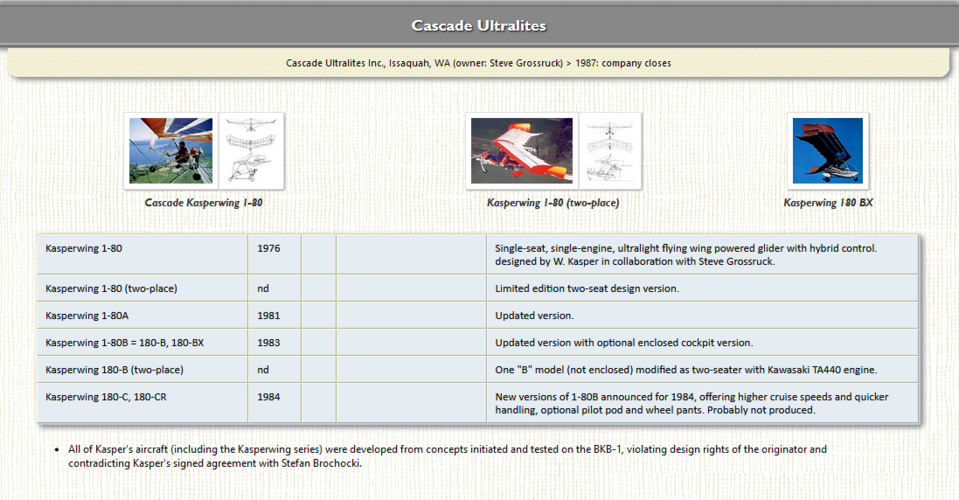The above test was an obvious success!
Henryk said "-its a pity,
I was NOT in contact with Witold Kasprzyk ( Kasper)...
in 1995 I was read in " Sport Aviation " about Witolds dead (1908/1994)."
Thanks for saying that. I thought that you knew and spoke with Witold in detail when he returned to Poland.
I have studied the TWIT information and as many of the associated books about Kasperik (Sp?) as I have found. In Kasper's opinion the unsuccessful experiments were due to limited understanding of the process. He was continuing to speculate details of the process after the crash of the power plane so it was constructed without a full understanding.
With regard to the Reynolds number questions the proposed "Kasper Vortex Lift" theory is not strongly dependent on Reynolds number in the range of typical man carrying aircraft operations. It is dependent on other variables that deserve additional investigation.
Sorry I can not post more at the moment. Other work is calling. Looking forward to more conversations but i notice the last post here was Feb 4, 2022 so I do not expect a quick reply.
Henryk said "-its a pity,
I was NOT in contact with Witold Kasprzyk ( Kasper)...
in 1995 I was read in " Sport Aviation " about Witolds dead (1908/1994)."
Thanks for saying that. I thought that you knew and spoke with Witold in detail when he returned to Poland.
I have studied the TWIT information and as many of the associated books about Kasperik (Sp?) as I have found. In Kasper's opinion the unsuccessful experiments were due to limited understanding of the process. He was continuing to speculate details of the process after the crash of the power plane so it was constructed without a full understanding.
With regard to the Reynolds number questions the proposed "Kasper Vortex Lift" theory is not strongly dependent on Reynolds number in the range of typical man carrying aircraft operations. It is dependent on other variables that deserve additional investigation.
Sorry I can not post more at the moment. Other work is calling. Looking forward to more conversations but i notice the last post here was Feb 4, 2022 so I do not expect a quick reply.

